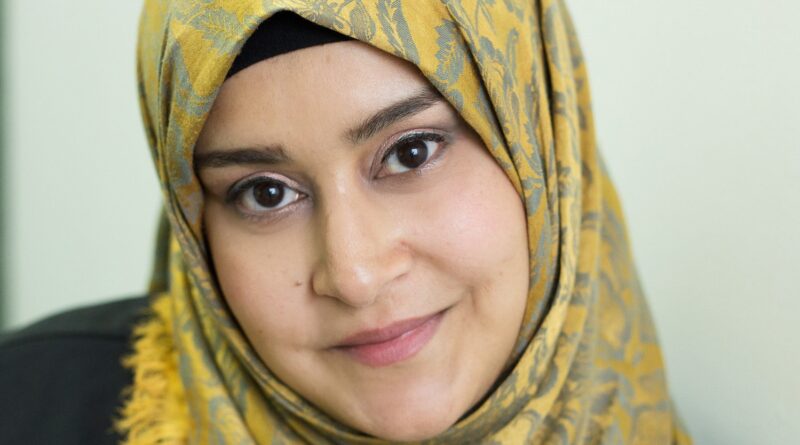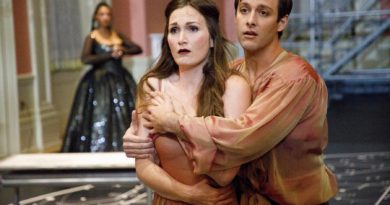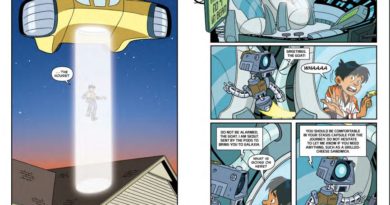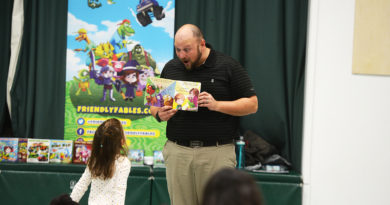New York Times bestselling author, S.K. Ali: In conversation with Sayak S-G of SesayArts

S.K. Ali is the award-winning Indian-Canadian author of four, interconnected young-adult (YA) novels: Saints & Misfits, Love from A to Z, Misfit In Love, and the most recent, Love from Mecca to Medina. She has contributed to two short story collections, Hungry Hearts and Once Upon an Eid—the latter of which she co-edited with fellow author Aisha Saeed. And finally, she has co-written two picture books for children with Ibtihaj Muhammad, illustrated by Hatem Aly: the New York Times bestselling The Proudest Blue (2019), and The Kindest Red, an exploration of friendship, faith, and the joy of spreading kindness and helping others, releasing on January 10, 2023.
S.K. Ali is one of my favourite YA authors, as she never fails to deliver an impactful novel with pockets of joy throughout. I especially appreciate her gift for pairing romance and elation with tough, real-world topics like sexual assault, anti-Black racism and Islamophobia. Her books are neither trauma-stuffed nor fluff-filled. Striking a refreshing and realistic balance between darkness and light, they feature concise writing paired with complex and commanding characters and well-paced plots. In short, she’s an author you can count on to deliver a YA read that will entertain you, warm your heart and force you to think about the world around you.
I recently had the pleasure of interviewing S.K. Ali about her YA novels – especially the newest Love from Mecca to Medina. She was gracious and comprehensive in her responses. These are excerpts of the conversation we had.
Sayak: You’re no stranger to boldly addressing real-world social issues in your novels: for instance, sexual assault, Islamaphobia, and anti-Black racism. Is addressing topical issues like these a deliberate choice you make before writing a novel, or do they arise more organically, as you’re writing?
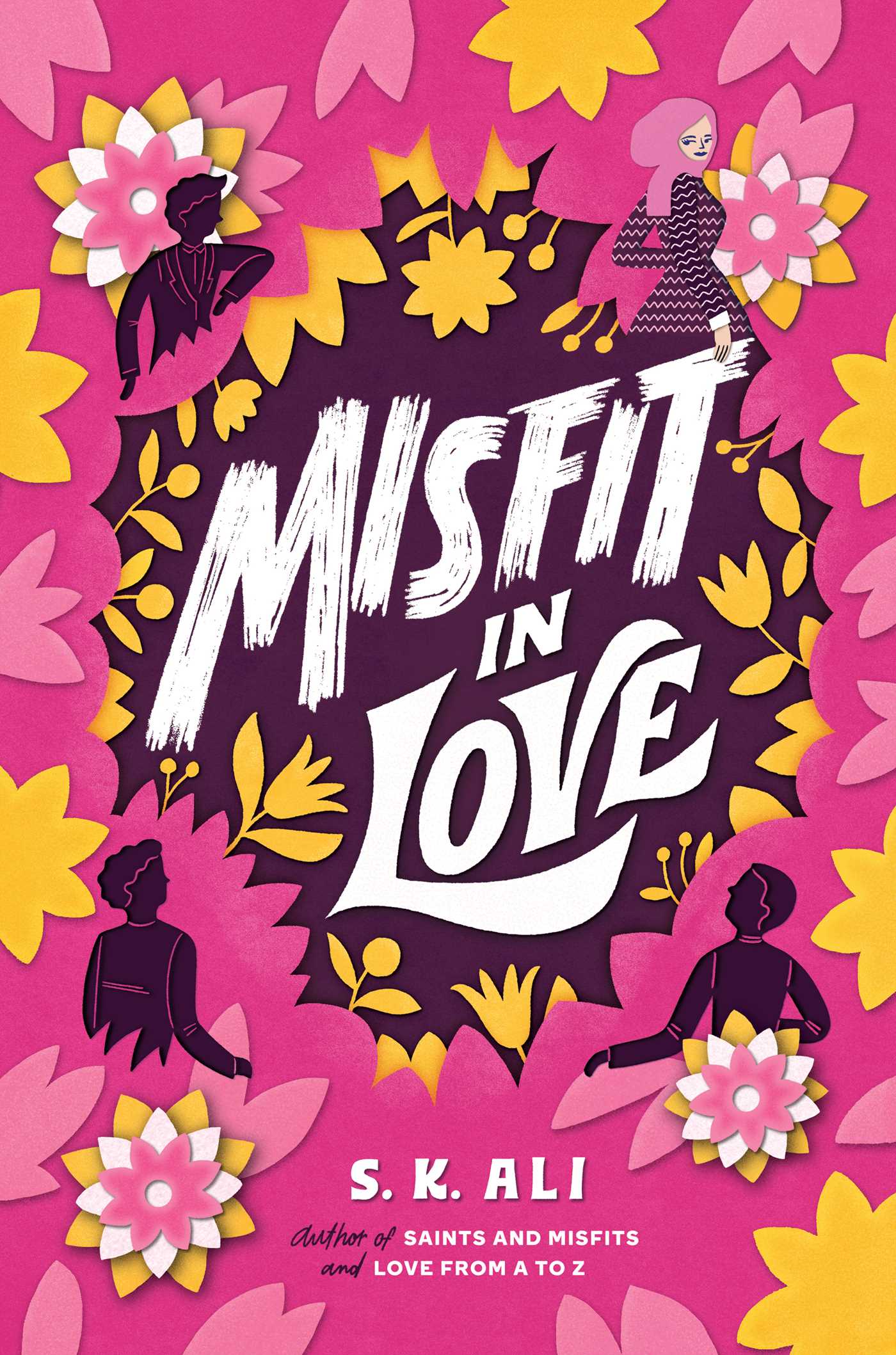
S.K. Ali: Generally, I know some of the themes that I’m going to explore. But I don’t know exactly how I’m going to explore them because I only recently—recently meaning in the last few years—became an outliner. Originally, I was very much a “pantser.” That’s where you just feel your way through a story.
Ever since I shifted into really thinking about the tentpoles of my story and what the journey is with the characters . . . I have some idea that, you know, this character is going through this particular journey. And for me, because I write contemporary, and I try to write as real and honestly as possible, the journey of the character often includes issues and topics that young people actually go through—and especially things that our society is grappling with. And there are so many viewpoints! So I will think about those things, but I don’t know right away how I’m going to make my way through it in the story. And that takes a lot of processing and reaching out for other hands. So with Misfit in Love, I got a lot of help. Because I’m writing about anti-Black racism but I am not Black myself, I could only do one portion of it. I had a lot of fear that I wasn’t going to do a good job. And so I reached out to people who were in the social justice movement, and who are Black, and who could give me input. Writing at this time when there’s more of a recognition that authors have responsibilities has made me feel so much better. For me, it’s freeing because I know that it’s expected of me that I’m going to do this kind of work.
Sayak: You’ve said that you never used to be a drafter. I’m curious: have you now become a drafter?
S.K. Ali: I’m not a drafter still. I see a drafter as somebody who writes the first draft, and they go back to it, and then they write another draft. To this day, I’m not a drafter. I can’t proceed with the story until I know everything I’ve written up until that point makes sense and is sorted. So I edit as I go, and I fix as I go, so that when I arrive at the end, I’m truly done. There’s a term for that, and I don’t know why I forget it. It’s like you do one draft, but that one draft takes a long time because you’re fixing it as you go.
With Saints and Misfits, I didn’t have the same process that I have now. I was trying to figure out how to outline, so I was learning a lot about threads and stuff. So I focused on a few threads. And then I followed those threads and I focused on characters, but I didn’t focus on story beats as much. And so I feel like I could have fixed or done better with the ending. With each book, I’m trying to improve my craft, and just learn new ways to approach stories. And so with Saints, it wasn’t the outline process that I have now. I’ve really worked in my process to develop my story beats.
Sayak: Interesting . . . so the ending for Saints and Misfits wasn’t exactly what you might now want for that book. So that leads me to ask about Love from Mecca to Medina. It’s the final book in your current YA universe, which is made up of the Misfits duology and the Adam & Zaynab duology. I’m wondering . . . how did you decide on this structure of interconnected duologies?
S.K. Ali: With Love from A to Z, because it was my second novel, I didn’t see it coming that while I was writing, a character from Saints and Misfits would show up—and that character was Sausan. I’ve heard writers talk about how you don’t know from time to time what’s going to happen. And so when she showed up, I thought, “Does it make sense that they exist in the same universe?” And I started to think, “Yeah, it’s okay. It could make sense!” And the more I thought about it, the more happy I got! I wanted a feeling of cozy—a feeling of belonging in this world with these characters. And I felt like if they belonged in each other’s world, then readers would feel at home in all of the books. So that’s when I decided they would come together more. And then Adam and Zaynab showed up at Janna’s brother’s wedding. And so . . . I guess it was a feeling. Yeah, it just felt good. And then it made sense.
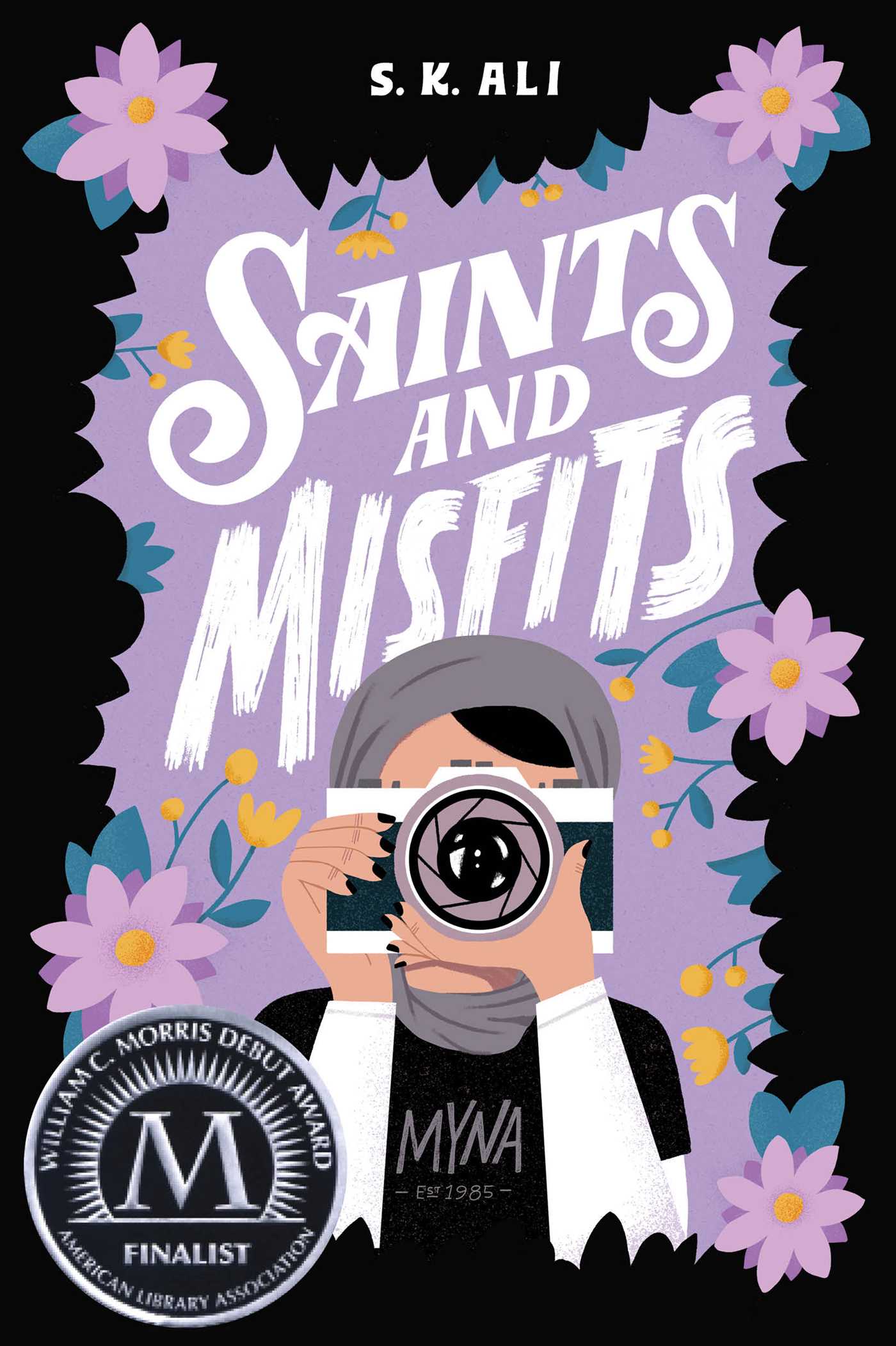
Sayak: Love from Mecca to Medina is obviously the end of Janna’s story too. I’m curious . . . why did you decide to end her story here and not give her a third book? And were sequels always planned for Saints and Misfits and Love from A to Z? Love from A to Z ended with an expansive epilogue, so I was surprised when a sequel was announced, because I felt like there had been a really good wrap-up.
S.K. Ali: Thank you for thinking that it was wrapped up! That’s always my fear: I’m always like, “Did I wrap this up?” With Saints and Misfits, I knew I wanted a better ending for Janna. With my creative writing background, the ending of Saints was the way I’ve been trained to write endings, which is very open. And I realized in some of the feedback I was getting from young readers that they really wanted to know what happened to her. I started to think about it, and I realized that younger readers wanted a better sense of closure. So that’s why I wanted to give Janna a better ending. But then in Misfit in Love, new questions arose, and I still wanted to finish her story. I wouldn’t mind having more. I would be okay with doing a third book, except that I feel like this universe—this contemporary universe of stories—just has to get the characters to a place where they feel on sure footing. And so with Janna getting onto surer footing, it would take a while, and I don’t know how many more stories I would be able to do. So I decided to bring her story to completion in Love from Mecca to Medina. By completion, I mean that she’s in a spot where she can totally speak up and has processed everything. Well, not everything. But she can go on with a stronger outlook. That’s where I wanted to get her. I hope I did that!
Sayak: In my reading, I’ve never before experienced two interconnected duologies. And I loved it! In Love from A to Z when Sausan showed up, I actually thought to myself, “Oh, that makes a lot of sense.” And then the bigger meeting in Misfit in Love was really cool to see. And you’re completely right: it does provide a sense of comfort seeing all these characters come together.
S.K. Ali: Writing YA, I’m very cognizant of reader reception. Especially when I’m writing for readers who don’t get to see themselves very much in books, I feel a special responsibility to make sure that they feel good about everything in my books. It’s just so hard to find creative products that make you feel good. Growing up, I remember always being disappointed, and seeing a mountain of representation that was terrible. Because every time I saw representation of someone who looked like me, it was never positive. So having grown up like that, I’m very aware of how readers and an audience feel when they encounter someone who looks like them or is like them in some way. You know: when they close the book, how do they feel?
Sayak: What’s the last book you read that you couldn’t put down?
S.K. Ali: That I couldn’t put down? I would say it would be Who is Maud Dixon? [by Alexandra Andrews], which is a thriller set in the publishing world. That’s my answer in terms of “couldn’t put down.” Other books that I read recently that I loved (and are YA) are: As Long as the Lemon Trees Grow by Zoulfa Katouh—which is set during the Syrian revolution—and All My Rage by Sabaa Tahir. Those two are ones that I read this year that I really loved. I hope people pick those up!
Sayak: The final word in our interview is, of course, yours! You have a choice here. Is there a final thought you’d like to share with our readers? Alternately, what’s the worst piece of advice you ever received as an author?
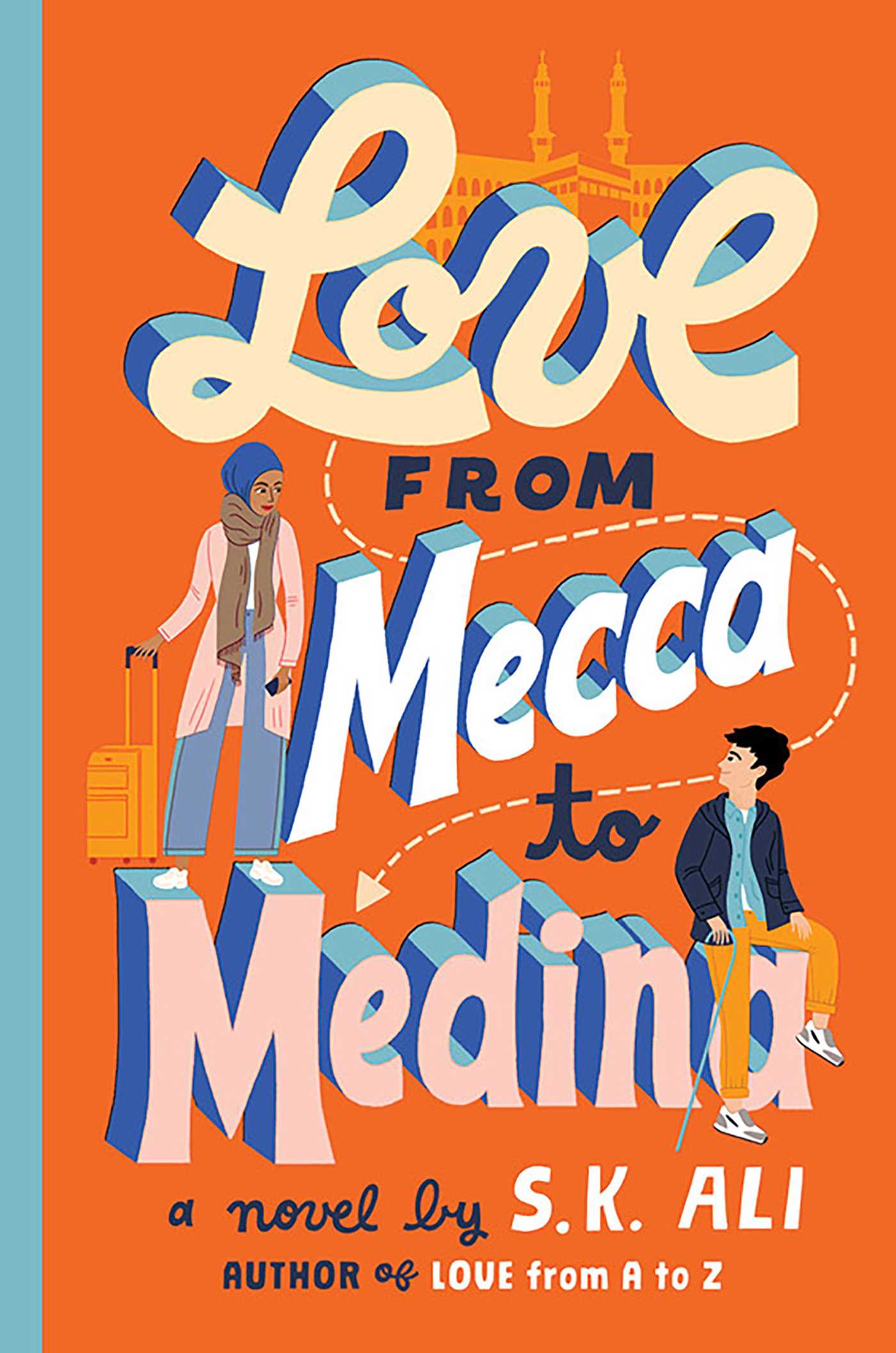
S.K. Ali: In terms of a final word, I’m always making sure that people know that Love from Mecca to Medina is a sequel. I’m sometimes worried that people go into it not understanding the journey of these two characters. So I always like to share that part. And then I’ll also answer your question about the worst advice thing. I don’t like any advice that makes it seem to writers that they have to be a certain way. I remember one [piece of advice] that I read and grappled with for a long time was, “if you don’t write every day, you’re not a writer.” And that used to crush me because I would think, “I can’t write every day because I am parenting and working full-time.” So it would make me feel like such a fraud. And so I don’t agree with any advice that makes you feel like you have to do one particular thing to be authentic. I think as long as you’re making your way toward the goal of your project in a way that makes sense and fits with your life, you’re doing the right thing. That’s how I see it.
© Sayak S-G, SesayArts Magazine, 2022
About The Author
Sayak
Sayak is a critic, contributor and coordinator of social media at SesayArts. Naturally arts-inclined, he took music classes at Sesaya and was a drama major in an arts high school. Currently, he is an undergraduate student at Wilfred Laurier University.

